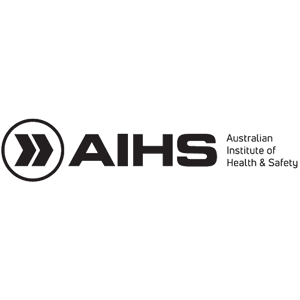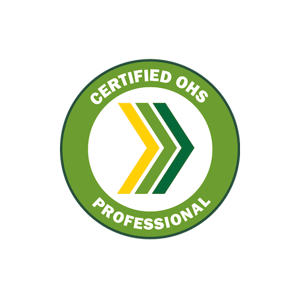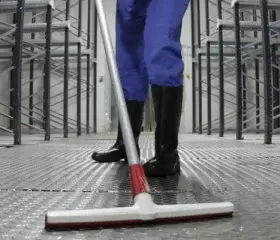/524284651-1600x400.jpg?width=300&name=524284651-1600x400.jpg)
WORKPLACE ERGONOMIC INJURIES
What is Ergonomics?
Ergonomics is the relationship between the worker and a product or working environment. Poor ergonomic design can cause pain, strains and sprains that mainly affect the back, the neck and limbs when carrying out work tasks. Sometimes these conditions are known as Repetitive Strain Injuries (RSI).

Design and modify for safety
Identify ergonomic hazards
A system needs to be put in place in order to identify ergonomic hazards, such as occupational overuse syndrome and manual handling. We recommend creating a controlled checklist identifying all the tasks and work locations that may be exposed to ergonomic hazards.
Considerations should include:
- Frequent or prolonged stooping, reaching or twisting
- Prolonged use of force
- Need to maintain an awkward position
- Repetitive actions
- Working environment factors (poorly lit areas, slippery floors, etc)
- Difficult actions
- Tasks which need to be done in a hurry
- Difficult to handle objects (e.g. hot, cold, heavy, large, awkward shape, sharp edges, slippery, etc)
- Restrictions imposed by Personal
Protective Equipment

Reduce and manage your risks
Once the risks have been determined, control measures need to be implemented to manage and reduce ergonomic risks. These control measures can be related to:
Tasks
Redesign of furniture and arrangements, heights and distances, location of objects, improved lighting, workstation layout, ergonomically designed seats, benches and desks, etc.



Raise staff awareness
- General manual handling awareness training
- Training for target groups
- Task specific training
- As always, full records of all training should be kept
Download Your Free Checklist PDF
Get instant access to our expert-designed checklist to help you. Simply fill out the form below to download your copy.Looking to Prevent Ergonomic Injuries in Your Workplace?
Our consulting services help you identify risks, improve design, and protect your workforce from strain and injury.SIMILAR READINGS

2 min read
2 min read
4 must-do steps to ensure you comply with legislation and...

2 min read
2 min read
Don’t leave your employees out in the cold – manage their...
Read More
4 min read
4 min read
Small accidents can have a big impact; reduce their...

1 min read
1 min read
Effective housekeeping can reduce and remove many...
Read More